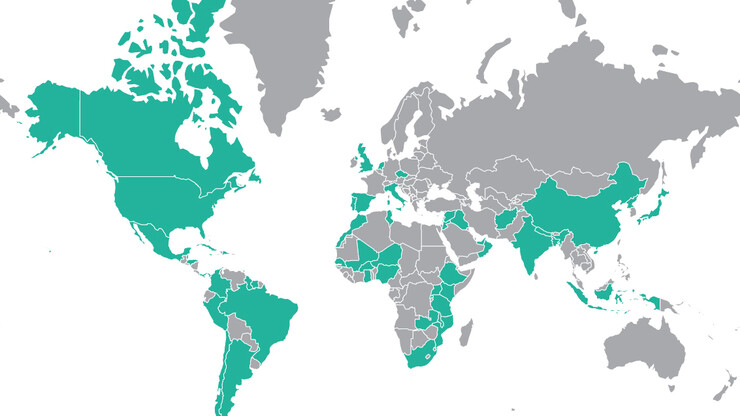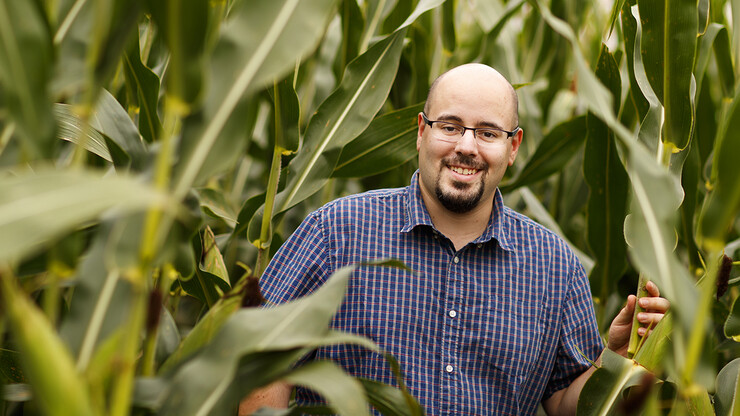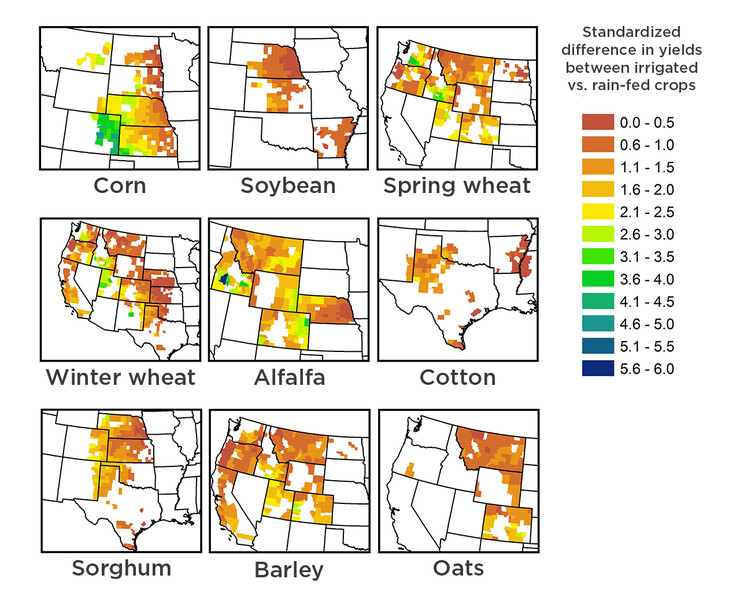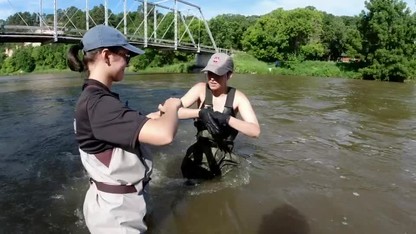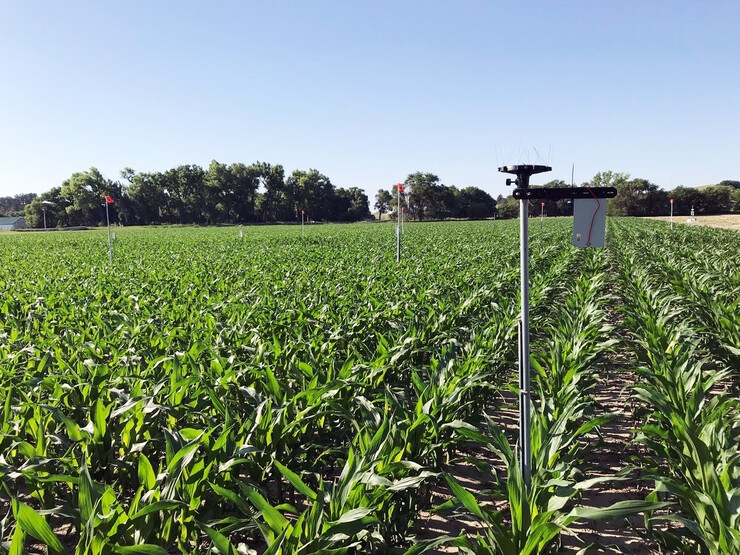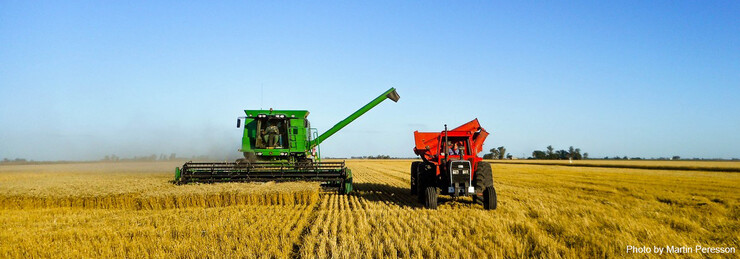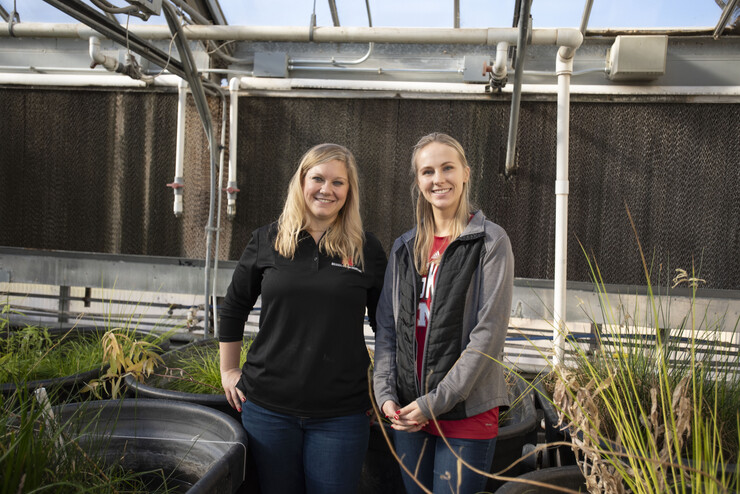· 6 min read
Daugherty’s global focus flows into statewide impacts
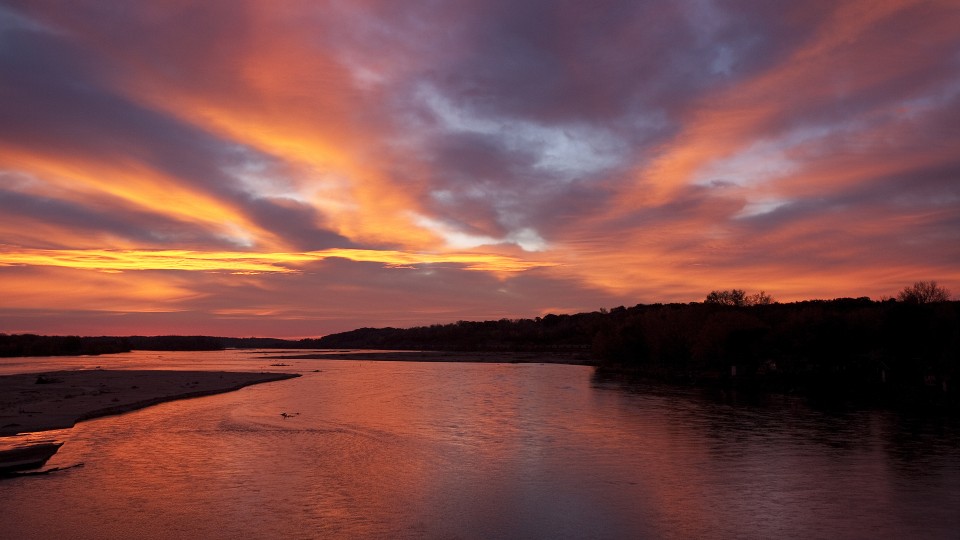
The international mission of the University of Nebraska’s Daugherty Water for Food Global Institute is flowing into benefits across the Cornhusker State.
Founded in 2010 through a 15-year gift from the Daugherty Foundation, the institute today includes more than 120 associated faculty fellows researching more than 500 water and food security projects in 58 nations.
In Nebraska, Daugherty-led projects are making direct community impacts — including quantifying water use in crops and livestock systems, working with community leaders to improve groundwater quality and collaborating one-on-one with ag producers to generate business models that integrate new technologies and services.
Those direct impacts are drawing interest from state lawmakers as the Nebraska Unicameral is considering LB1026. Sponsored by Sen. Kate Bolz (District 29), the bill — as proposed — will provide $2.5 million annually through 2022 to support the Daugherty Center’s water/agriculture research and its development of best practices in water conservation.
Chancellor Ronnie Green testified in support of the legislation in November and will do so again Feb. 12. Here are 10 stories that explore the combined depths of the Daugherty Center and water-related research led by University of Nebraska–Lincoln scientists. Click a headline to learn more about the projects. Additional details about University of Nebraska–Lincoln water research is available here.
Outreached mapped
An online, interactive map is showcasing the impacts of the Daugherty Water for Food Institute in Nebraska and around the world. The database features all work by the Water for Food Global Institute, Nebraska faculty fellows, Nebraska Water Center, Water Sciences Laboratory, and associated staff and scholars. It features high-level details about each project, including descriptions, focus areas, country and people involved.
Citizens help gauge water quality
A study led by Shannon Bartlet-Hunt is working with citizen scientists to track water quality statewide. The project worked to measure nitrates, nitrites and phosphates within groundwater.
Cornstalk Fitbits
A National Science Foundation-funded study co-led by James Schnable is developing Fitbit-like sensors that will provide real-time data on sap flow through cornstalks and other thick-stemmed crops. The project may help researchers better understand how crops respond to drought conditions.
Irrigated vs rain-fed crop yields
In a 65-year comparative analysis, Suat Irmak and Meetpal Kukal found that yield gaps — differences in food produced with irrigation vs. rainfall alone — widened. The researchers suspect the trend stems partly from climate change and technological advances in irrigation management.
Protecting the Niobrara
Through Nebraska’s UCARE program, senior environmental studies major Kayla Vondracek spent her summer on the Niobrara River researching how tourism can impact water quality. The two-year project aims to ensure that the river remains healthy and vibrant for future generations of Nebraskans.
Smart crop decisions
A grant that brings together researchers from Nebraska, Illinois and Princeton is working to bridge the gap between data-collection, modeling and decision-making so crop producers can more easily decide whether to irrigate. The project, funded by a $900,000 grant from the U.S. Department of Agriculture National Institute of Food and Agriculture program could potentially save both financial and water resources.
Meeting irrigation needs
Recent research from University of Nebraska researchers has found that one-third of studied fields achieved high crop yields without surpassing prescribed irrigation levels. The study shows that it’s possible to nearly maximize yields while adhering to the estimated amounts of irrigation needed to support those yields, the researchers said. Reaching even 80% of potential yields is considered a reasonable goal for U.S. corn, the team reported.
Drought Center expands
Now in its 26th year, the National Drought Mitigation Center, continues to build on partnerships with other agencies to provide drought support and prevention strategies nationally and internationally. An $833,384 grant from the U.S. Department of Agriculture will help the center advance several important initiatives in 2020 to better help landowners and communities manage the challenges of drought. The monitor also recently expanded to include the U.S. Virgin Islands.
Wetlands assist
A pilot study at Lincoln’s Sunken Gardens could help determine the practicality of installing floating, water-treating vegetation in the Midwest. The project, led by graduate student Alexa Davis, has shown early promise, but other questions remain to be answered.
Flood cleanup
The University of Nebraska-Lincoln’s Extension and Public Policy Center assisted in the coordination of flood cleanup and recovery across Nebraska. The projects directly assisted communities in need after unprecedented spring flooding.
